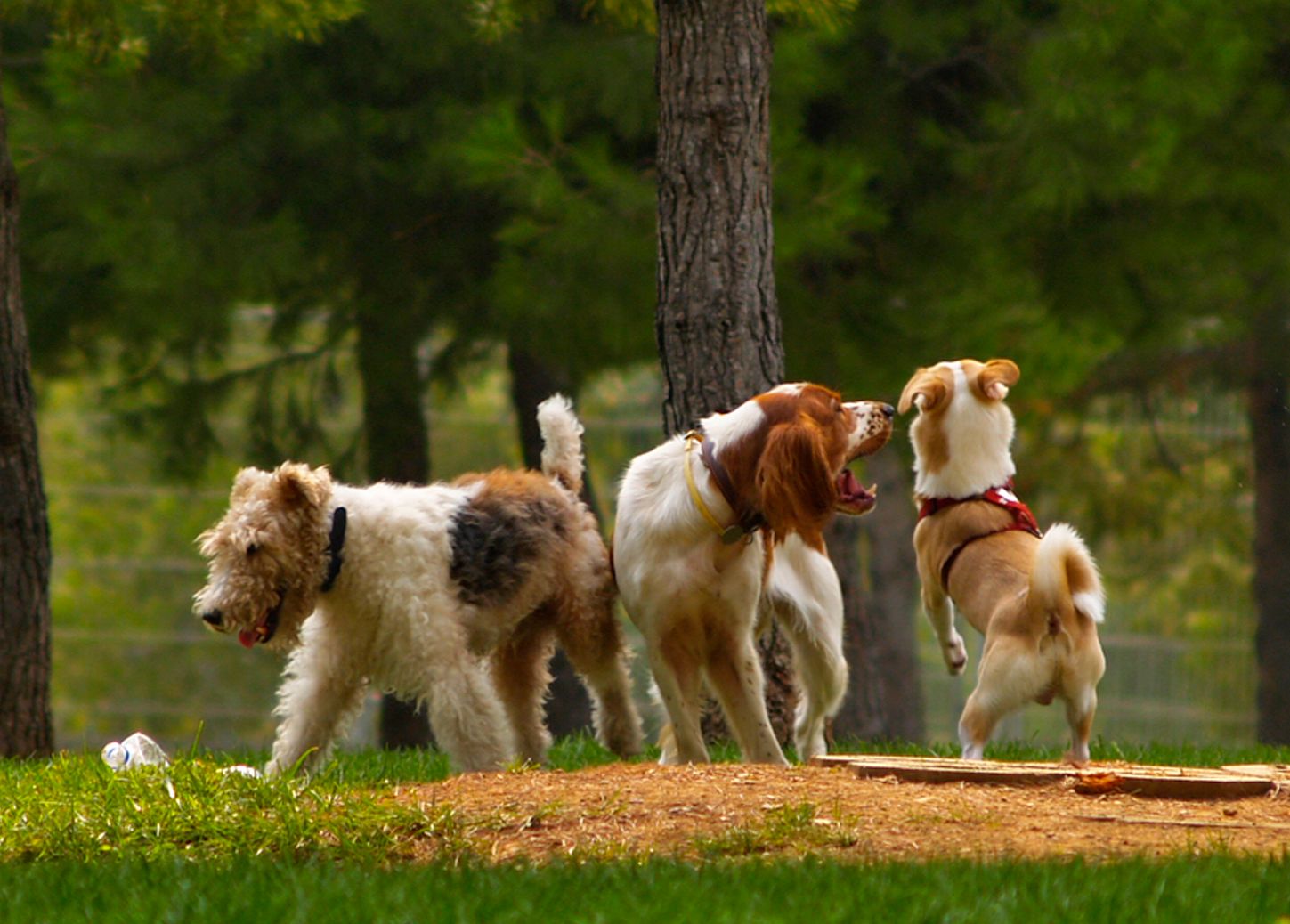
Over the years I’ve encountered a lot of training ignorance even from some professionals who I expected to know better.
This morning I had a good chuckle (thanks Mary, I mean you) over the attempt to clarify the improper use of the term, behavioralist.
Look it up, there is no such term.
The correct reference is behaviorist.
However, popular use of the term is growing and it has been irritating me for more than 15 years.
Imagine my chagrin when I found the same amount of searches for both terms.
Eesh!
Believe it or not, I first heard it used by a zoological expert and I was stunned because despite his unique qualifications, he was certainly not very sophisticated on certain levels.
Now I seldom get in to discussions over such things but today, in this realm, it seems to reflect the disturbing trend of ignorance when it comes to training and behavior.
In case you are not familiar with the term:
Ignorance: the state or fact of being ignorant : lack of knowledge, education, or awareness
Ignorant: destitute of knowledge or education ; also : lacking knowledge or comprehension of the thing specified
Now it doesn’t accomplish much to argue with those who are ignorant and who are not interested in changing that fact.
Some people cling on to archaic belief systems (or things they are comfortable with), while others are simply too lazy to investigate or experiment–or even, god forbid, to try something new.
Then there are those outside of the training and behavior field who think they know about training (and the terms from the field) because they watch X reality television show or have read a few books or perhaps belong to a hobbyist group.
Any way I look at it, it makes me cringe because they perpetuate that ignorance.
Take the whole “positive training” marketing ploy.
Uh, people–all training involves BOTH positive and negative but if it makes you feel better to believe such crap, go ahead but like I said, it just makes me shake my head in disbelief.
I remember when a colleague in the UK published a book that had the title, “Never Say No.”
Are you kidding me? I thought he lost his mind but gave him the benefit of the doubt since someone in the publishing house probably thought it was a great title.
Perhaps, but also a great misleading concept.
Now, as you might guess, this week I’ve been a bit frustrated because I’ve been observing people who are too set in their patterns to make any changes for the long term.
Changes that would make a great difference in not only their lives but also in the lives of the animals within their charge and the people who may eventually adopt them.
To me it seems like a waste because it takes such little effort to bump it to the next level where it would benefit everyone.
However, it is too much work because is requires a change in thinking and a change in habits.
It is a mindset and practice I will never understand because it is based in the same sort of ignorance that using the wrong terms or tools is.
So, care to explain this trend to me and other readers? Go ahead, hit the comments.


